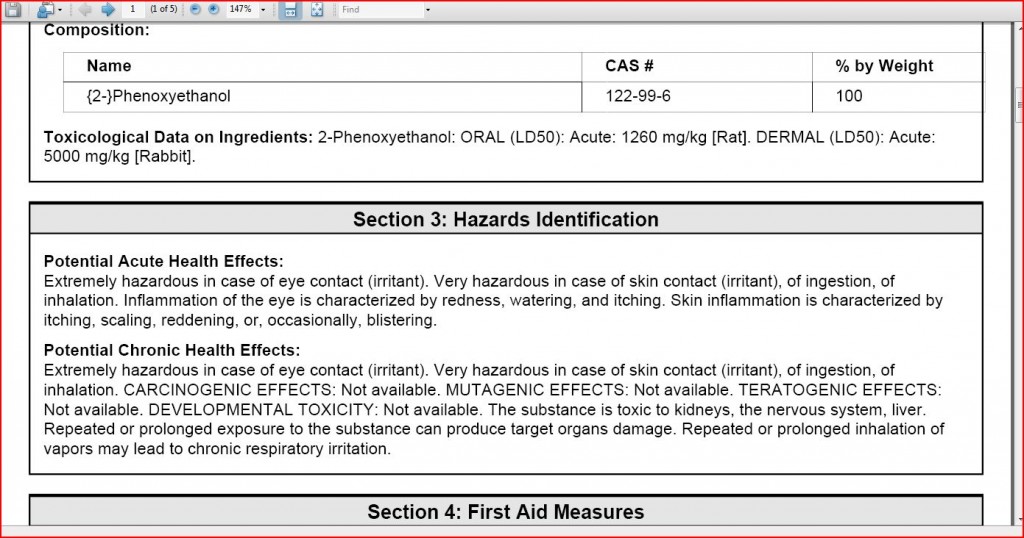Last week, we hit the store with three different school supply lists for the elder three kiddos, and it was a really strange feeling buying all the disposable paper goods. It’s been a while. The hardest one for me was the baby wipes. I haven’t found a disposable wipe yet that I really like, which I guess is why we use cloth wipes as much as possible.
And before we go any further, this post isn’t just for people with babies. Lots of people use baby wipes for all sorts of purposes. But is there a really good disposable wipe out there that takes best possible care of people and planet?
A few months ago, at the request of a friend, I dug a little deeper into baby wipes, only to be left more compelled toward cloth than ever. I had already known about many of the questionable ingredients in the solutions in which commercial wipes are soaked, but I had never realized that the wipe material itself is often made out of non-biodegradable polypropylene. While this type of plastic can often be recycled in container forms, it can’t be recycled in its used wipe form – especially not if it’s smeared with baby poop.
Goodguide.com ranks Natracare and Seventh Generation as the top two options. But I was surprised to see ‘parfum’ and some of the other synthetics in Natracare’s solution ingredients – it appears to be the cotton wipe that’s organic, not the solution. The 7th generation wipe has a better solution, but the wipe is plastic. Poking around online some more, Walmart has an organic cotton wipe, but the solution has propylene glycol, PEGs, formaldehyde-donating ingredients, etc.
Cloth wipes are SUPER easy. We found the easiest option was to cut up a flannel receiving blanket (the kind you swaddle newborns in) into small squares. And most of the time, we just use water to wet the wipes. We only use a ‘potion’ when there is a touch of irritation (the Miessence baby bottom cleansing gel works really, really well. Clears up irritations quickly and lasts a long time since a little goes a long way and we use it sparingly anyway).
We’ve gotten pretty used to taking our cloth wipes out with us on the go, but there are times when disposable wipes come in handy. Has anyone out there found a disposable wipe that is both organic cotton / biodegradable and free of all the synthetic chemicals – either for personal use or to send in as an alternative for filling the school supply lists?
